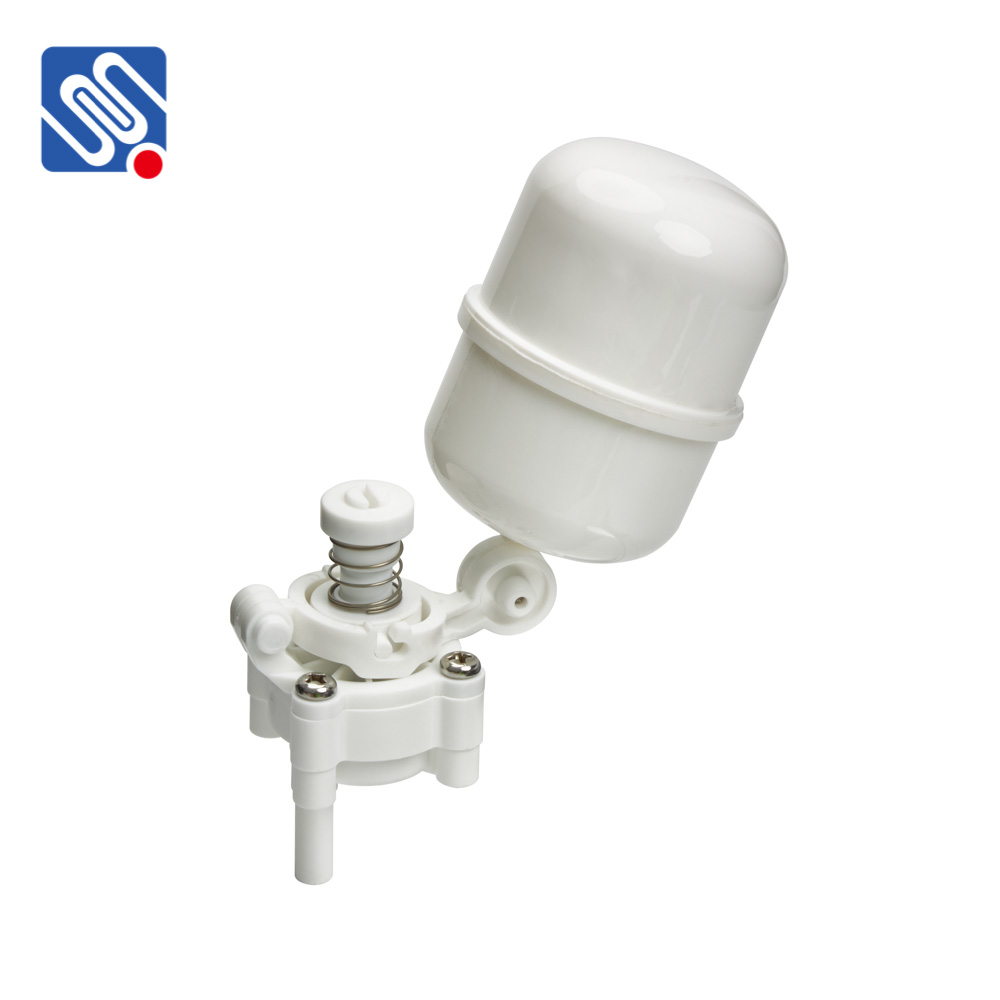Plastic valves for water systems are essential components that offer a range of advantages over traditional metal valves. These valves, made from durable plastic materials, are widely used in residential, commercial, and industrial water systems due to their corrosion resistance, lightweight nature, and cost-effectiveness. This article explores the key features, types, applications, and benefits of plastic valves, as well as considerations for their use in water systems.

Key Features of Plastic Valves Plastic valves are designed to control the flow of water or other liquids in a variety of systems. They are typically made from materials such as Polyvinyl Chloride (PVC), Chlorinated Polyvinyl Chloride (CPVC), Acrylonitrile Butadiene Styrene (ABS), and Polypropylene (PP). Each material has its unique characteristics that make it suitable for different applications. PVC is the most common material used, offering a good balance of strength, affordability, and resistance to chemicals and corrosion. CPVC, which can withstand higher temperatures, is often used in hot water systems, while ABS and PP are chosen for their durability and chemical resistance, especially in industrial or high-pressure systems.